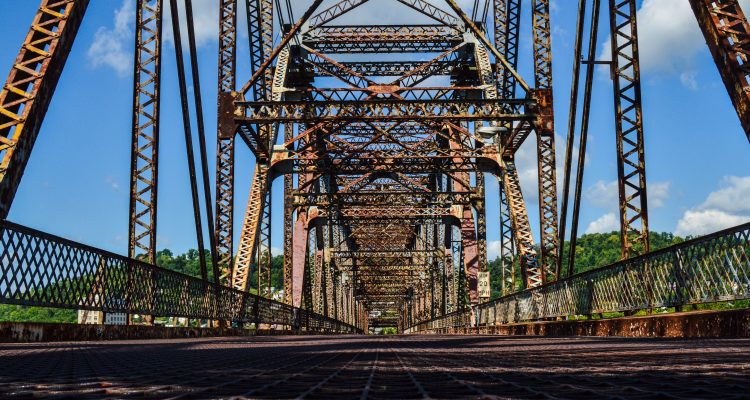No one really has a solid idea when and if the old Bellaire Interstate Toll Bridge will be demolished. Not Mayor Edward Kuca; not his eight council members; and not Frank Longwell, chief of police for the city of Benwood.
Still.
Longwell, a lifelong resident of this tiny hamlet just south of the Friendly City, recalls the days when Bellaire, Ohio, was a short walk away. It’s the City Restaurant he remembers the best, and that’s because of the pork gravy. To this day, he says, it’s still the best gravy he’s ever tasted.
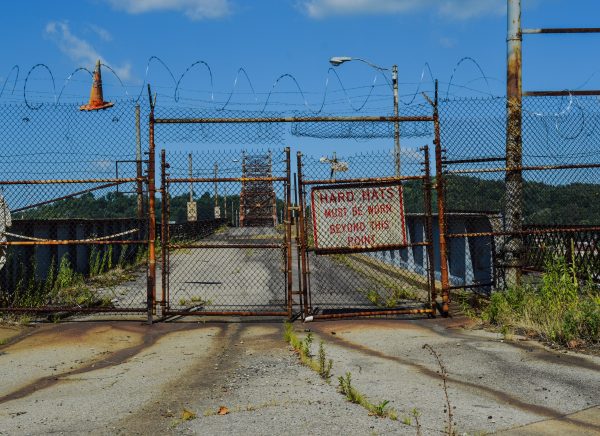
“There were a lot of places in Bellaire that we used to go to, like Murphy’s, but when that bridge was closed, it changed a lot for the people of Benwood and Bellaire,” he said. “It was like the world got smaller.
“If I had to guess I would have to say that the bridge will be there for quite a while because of how big of a mess this has become,” Longwell said. “To be honest, there was a time when the Bellaire Bridge was our best friend, but it’s become our worst nightmare.”
Crossing the span cost 5 cents during its first 45 years of service, and in 1971 the toll increased to 25 cents one way and 40 cents for a roundtrip. In 1984, the fee increased again to 50 cents one-way and $1 for a two-way trip.
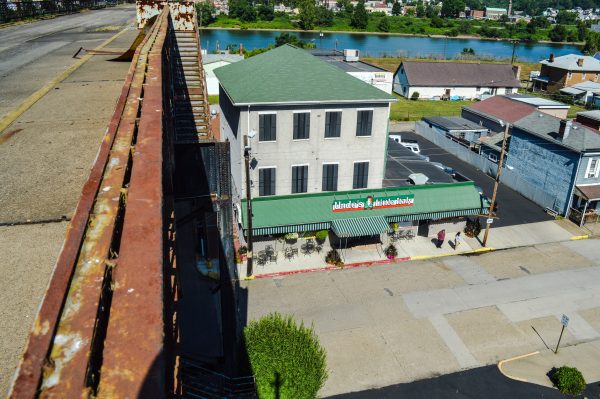
But the Bellaire Interstate Toll Bridge closed in May 1991 to make way for the expansion of Ohio Route 7, once a roadway that twisted and turned its way through Bellaire before straightening toward Monroe County along the Buckeye State’s most eastern border. The Ohio Department of Transportation, however, funded the construction of a four-lane highway that traveled past Bellaire, and in order to accomplish that, the ramp to the toll bridge was razed.
The owners of the Bellaire Bridge, the Interstate Bridge Company, received a $2.1 million buyout to surrender the approach ramp on the Ohio side, and the span, opened in December 1926, closed 24 years ago. Soon after the closure, Bellaire businessman Roger Barack took ownership of the structure with genuine intentions, Longwell confirmed, to construct a new ramp so he could re-open the span. However, ODOT denied the request because of the expense.
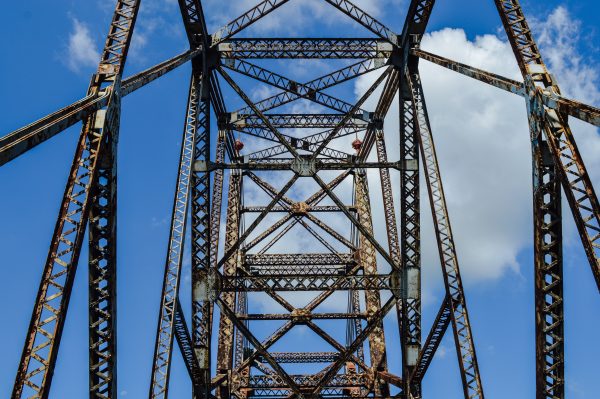
“I believe Roger Barack really did want to open up the bridge again when he first came to own it because he knew it was still making money when it was closed for the highway,” Longwell insisted. “I saw the blueprints myself. I saw what he wanted to do and what he proposed to the ODOT people, but the state of Ohio would not let him do what he wanted to do.
“A lot of people were still using it, but when it closed we saw decline on both sides of it,” he continued. “I believe Bellaire has suffered from the closure, but so has Benwood. At the time the bridge closed, we had two pretty big shopping centers because people from West Virginia and Ohio were shopping there because they didn’t have those stores in Bellaire or Shadyside at that time.
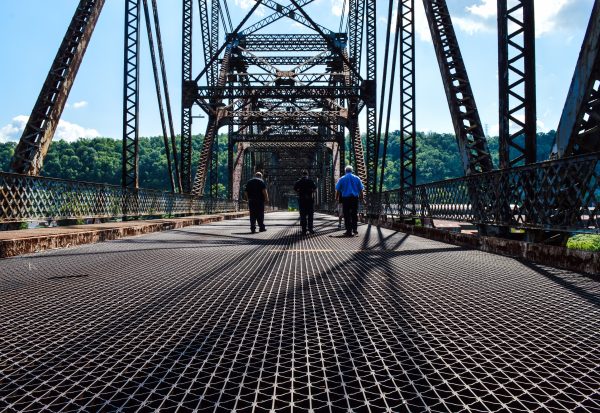
“Closing it was a huge hit to our economy and to the economy on the other side of the river,” he said. “When Roger Barack applied for the permit, the bridge could still be used, and everyone on both sides of the river wanted it back open. It was in good condition. But today it is not. Today it would cost far too much to rehabilitate. That’s why the city of Benwood wants to see someone take responsibility for it and bring it down so we can move forward.”
In May 2010, Barack announced that he had sold the Bellaire Toll Bridge for a dollar to Eric Kelly of Advanced Explosives Demolition, a company that was featured on the TLC reality show “The Imploders.” Plans were made to demolish the bridge by September 2010, Longwell explained. Following a one-year delay, the Bellaire Toll Bridge changed hands again when Lee Chaklos of Virginia Beach purchased it for $25,000.
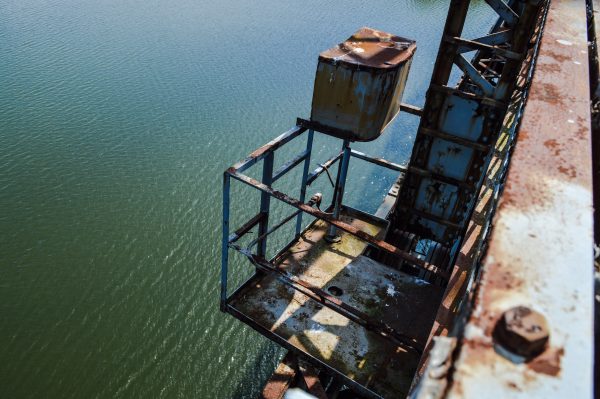
However, Chaklos and his wife have since filed bankruptcy, and in October 2014 Chaklos was sentenced to 30 days in jail for failing to disclose the liens against the bridge filed by investors Chaklos had recruited.
“Since the bridge closed in 1991, this city has pursued conversations with all the owners, and most recently we were given false hope that the demolition would take place by Lee Chaklos,” Longwell said. “But he never had intentions of bringing the bridge down because it would cost more than what it’s worth because of what has taken place with scrap prices.
“At first the plan was to re-open the bridge, and that’s what we would prefer,” he said. “But now it far too late for that to happen, and it’s become an issue that’s gone all the way to court and sent Chaklos to jail because of it. As it turns out, since Barack sold it, there have been no true players in this situation other than the city of Benwood.”
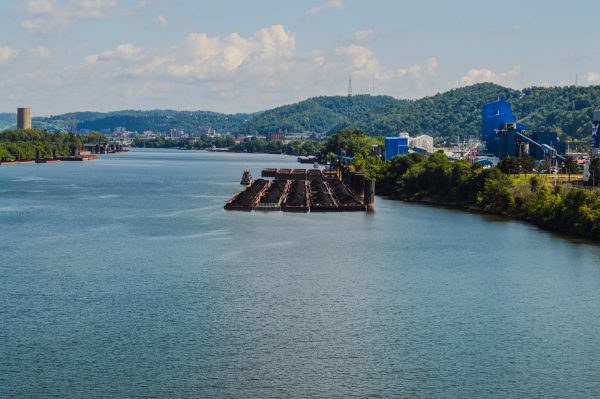
Longwell reported that the liens currently total $2.1 million. The cost of the demolition has been estimated at $3.5 million, and the value of the metal has been projected to be $1.5 million.
“That’s why the council members of the city of Benwood decided against declaring it condemned so the city could take over ownership,” he said. “We didn’t create this problem, so our taxpayers should not have to pay for it. Every single person who has owned it has made money off of it, but now it’s the city of Benwood that has to deal with it. There’s something wrong about that.
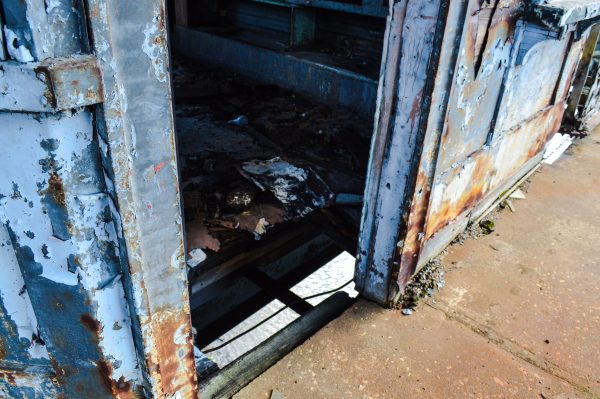
“On a scale of one to 10 this whole situation has evolved into an absolute 10, if that’s as high as I’m allowed to go,” he continued. “That’s how big of a problem this is to the city of Benwood. We see a lot of debris falling from the bridge in the spring and the fall because of the temperature change, and the debris is usually small and large pieces of concrete falling from it. And there is no insurance policy that we know of, and there are people who are afraid to park anywhere near it.
“If anything collapses, it would close the main throughway in Benwood, and the businesses that are now located in the industrial park use that roadway each and every day. We can’t have that road closed because our residents and our businesses depend on it. But I can tell you that the city of Benwood has done everything we possibly can, but bringing it down is not something our people should have to pay for.”
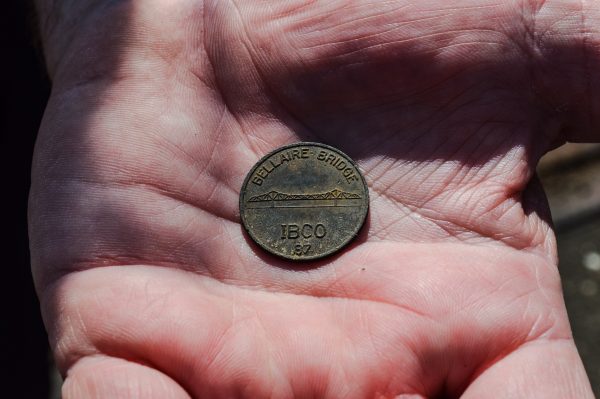
Benwood city officials initiated a conversation in June with representatives of the W.Va. Division of Highways in hopes of getting a ramp constructed into the city’s industrial park, an area once robust with steel making but now home to several companies associated with the gas and oil industries. If approved, vehicles would once again utilize the infrastructure constructed along W.Va. Route 2 to allow access to the toll bridge.
“To make that happen we have to gain access of 1,100 feet of CSX property, and that is something we are working on, too,” the police chief explained. “That 1,100 feet would connect the two industrial areas that we have on the other side of the bridge.
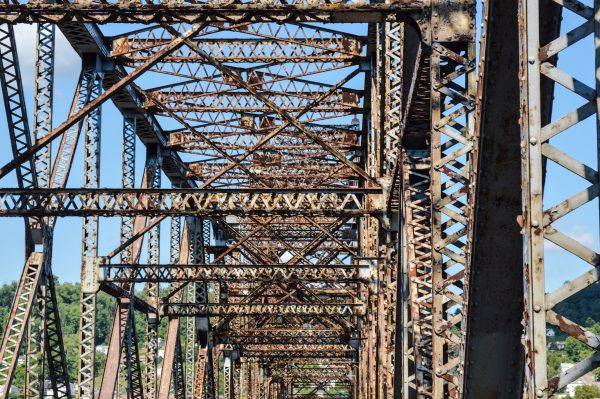
“It would allow the growth that we have realized in recent years to continue, and that’s important to everyone in Benwood because of the tax dollars that flow in because of the new development,” Longwell continued. “We have the land that a lot of other areas in the Valley do not have, and we’re trying to take advantage of the opportunities that are present right now, but those companies need to have better access if that growth is going to happen.”
Walking across the bridge today forces one to navigate around small trees, bushes. and bubbling pavement, and in a few spots along the span’s iron deck one can see rusting beams, flaking paint, and large areas where concrete had fallen below. What once was the a premiere cantilever truss bridge that measures 2,770 feet in length and 350 feet above the water at its highest point has become an eyesore and a hazard that endangers what rests below.
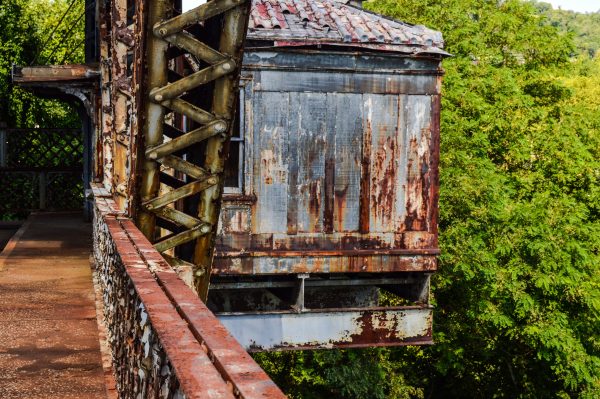
That reality has forced Benwood officials to formulate a Plan B for the future of the Bellaire Toll Bridge.
“We have been talking with a salvage company about the bridge, but we’re not too keen on using taxpayer’s monies to do anything,” Longwell said. “When all is said and done, it’s private property. It is not the property of the city of Benwood.
“If we have to, we would put the issue on the ballot and let the voters decide if they want the city of Benwood to spend about $500,000 to demolish what we can on our side of the river. That way we would be able to act on the will of the people,” he continued. “Whatever metal we can salvage would be sold, and those monies would be given back to the people.”
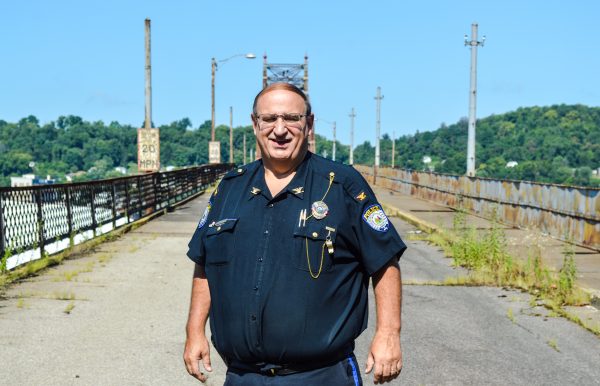
(Photos by Steve Novotney)


